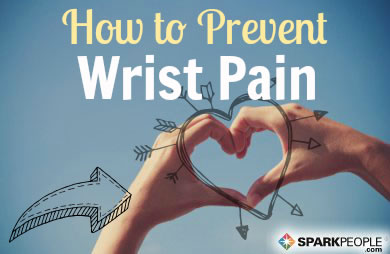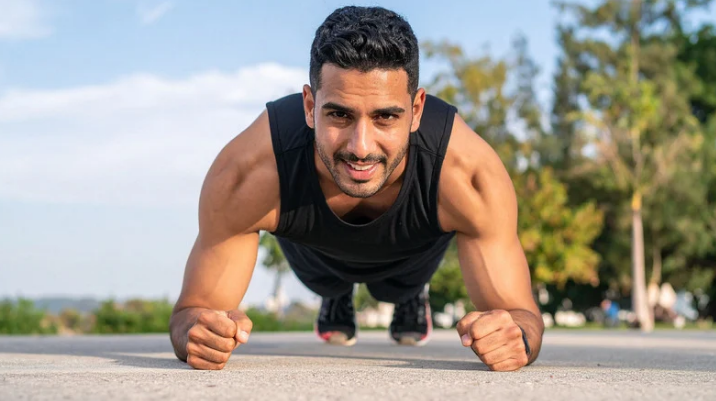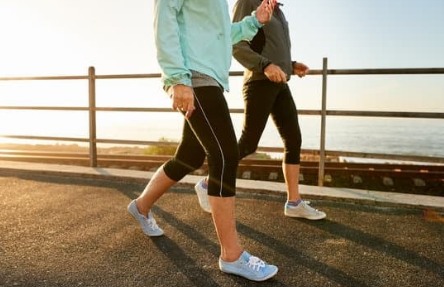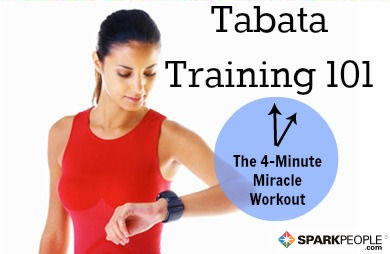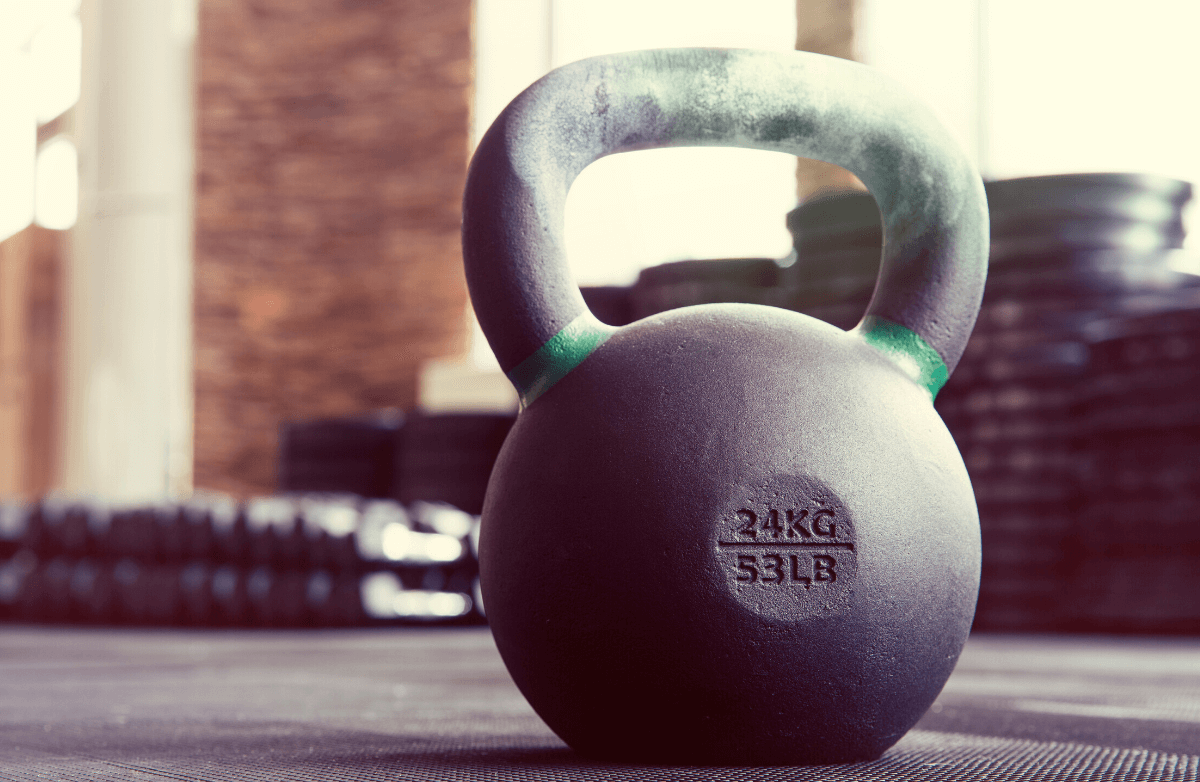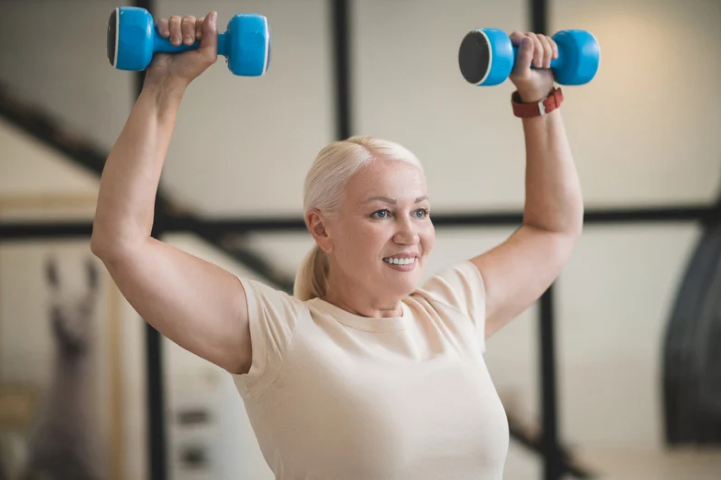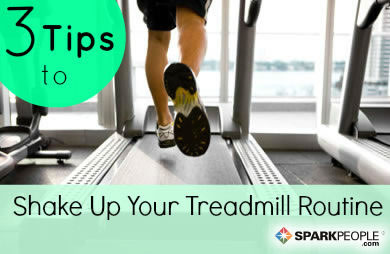Regular walking can help strengthen muscles and bones, improve mental health and prevent a myriad of medical conditions, including heart disease, depression, cancer, Type 2 diabetes and high blood pressure, according to the Mayo Clinic. And if you're looking to lose weight, your goal could be just steps away: According to a study in The Lancet Diabetes & Endocrinology journal, adults who walked or biked to work were shown to have lower body
In an effort to promote greater strides, the U.S. Secretary of Health and Human Services sanctioned National Walk to Work Day in 2004. Observed on the first Friday of April, the event encourages people to walk for at least 30 minutes (15 minutes each way). If you live within a reasonable distance of your work, consider this a perfect opportunity to give the car a break, conserve some fuel and enjoy some fresh spring air by hoofing it to the office.
For those who are new to exercise, walking is a perfect way to ease into regular physical activity. You don't need to possess any special skills, a gym membership or any equipment—other than the right shoes, of course.
Choose the Right Shoes
The success of your walk-to-work initiative rests largely on your choice of shoes. If you typically wear heels or unsupportive footwear to the office, you'll likely need to wear different shoes for your commute and change into your work shoes when you arrive.
Dr. Gary Pichney, a podiatrist for Mercy Medical Center in Baltimore, Maryland, says the best walking shoes would either contain a well-built arch or have room to fit custom orthotics or
Jacqueline Sutera, Doctor of Pediatric Medicine and Surgery at City Podiatry in New York City, points out that the brand isn't as important as the type of shoe. "A sneaker or a thick, rubber-soled shoe with arch support would be best for [a] long period of standing and walking," she says
And the "worst shoe for walking award" goes to: Heels, hands down. "When you wear heels, your body weight gets shifted toward the ball of your foot, your hands and hips go forward, and your back has to
However, the absence of a heel doesn't necessarily equate to a healthy walking shoe. "Flats could be just as bad as heels for your feet, if they're too thin or flimsy," says Dr. Sutera. "When walking, avoid very thin ballerina flats or any flat with a pointy toe." Some types of sandals may be suitable for shorter distances, as long as they have a thick rubber sole, adequate arch support and straps to hold the feet in place.
Key Walking Shoe Criteria
When choosing a shoe for your walking commute, consider these key factors:
- Fit: The importance of proper fit in a walking shoe can't be understated. It should be snug and supportive, but not overly tight. A shoe that is too large or too small could cause blisters, bruised toenails and other injuries. Ensure that your shoe is the right width and length to comfortably accommodate your foot, with enough room to wiggle your toes. Dr.
Pichney recommends outlining your foot on a piece of paper and placing the shoe on top of it. If you can see the outline, then the shoe is too narrow or too small. - Cushioning: According to Dr. Sutera, a well-cushioned, shock-absorbing sole is the most important component of a good walking shoe. Although walking isn't as high-impact of an activity as running, adequate cushioning beneath the ball of your foot will help prevent strain and injury. People with high arches require more cushioning than most, and may benefit from a cushioned insole or custom
orthotic . - Arch Support: This is key, especially if you have flat feet. "When over-the-counter inserts don't suffice, you may want to contact a podiatrist to get a custom-molded orthotic insert," Dr. Sutera recommends. "This will neutralize and
rebalance the foot and ensure proper alignment." - Condition: Wearing shoes until they fall apart may be good for your budget, but it's bad for your foot health. Walking in shoes that are old or worn out can cause injury, Dr. Sutera warns.
- Materials: Many types of walking shoes are made from leather or canvas, but you may want to choose a synthetic material for greater breathability. If you'll be walking on wet or rainy days, waterproof uppers will help keep your feet dry.
- Flexibility: Ideally, a walking shoe should have some degree of flexibility at the ball of the foot to move with you as you stride, but should have
light -to-moderate stability in the sole.
7 Ways to Walk Your Way
If the distance from home to work isn't
- Instead of driving, look for public transportation options within walking range. Just the act of walking to and boarding a bus—twice on each leg of the trip—will ramp up your daily steps. If you already take public transportation, disembark a stop or two early and walk the rest of the way.
- Get in your 30 minutes by walking during your lunch break, or grab a few co-workers and invite them to walk to a nearby park for a picnic lunch.
- When driving to work, park in the farthest spot in the parking lot (or a different lot altogether) to extend the walk into the office.
- During phone calls, step away from your desk and walk while talking on a headset. Studies show that too much sitting has a negative impact on your health, so any opportunity to stand up—and get moving—will boost overall wellness.
- Pitch the idea to take meetings outside as weather permits. Walking can boost creativity, so your team may come up with new, innovative ideas mid-stroll.
- Consider investing in a fitness tracker. These convenient, wristwatch-style devices monitor your steps and calories burned, which can be a huge motivator to step up your walking.
- Create a workplace walking challenge. Encourage a company-wide commitment by inviting your co-workers to participate. You can set simple daily goals and have participants log their minutes, with superior steppers earning an incentive like an extra vacation day, free lunch or new exercise gear.





